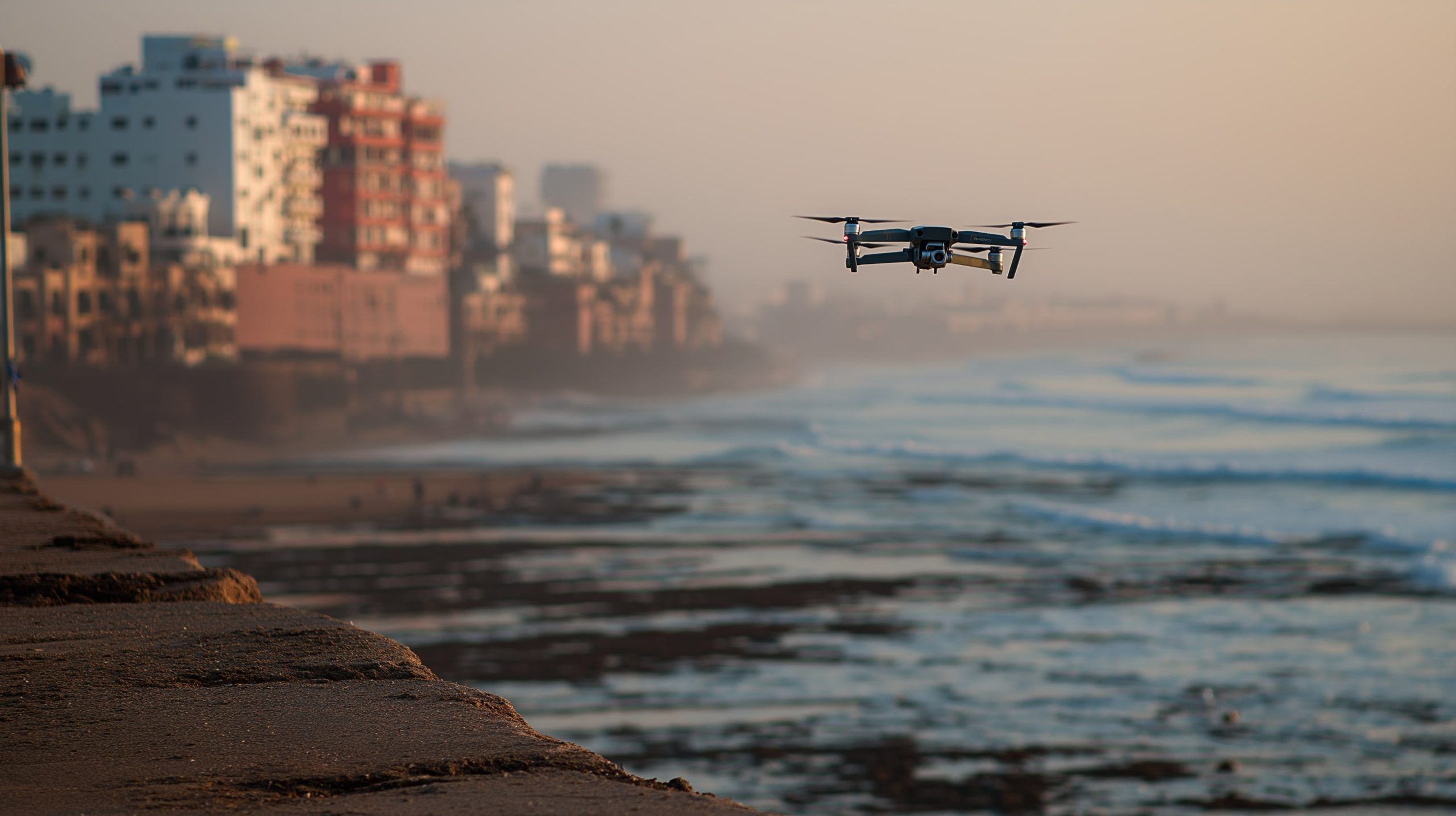
Headphone & Speaker Frenzy: Bose’s New Flagships, IFA Surprises & Audio Innovations (Sept 5–6, 2025)
Key Facts In-Depth Report Bose Debuts QuietComfort Ultra Flagship Headphones & Earbuds Bose made headlines by unveiling its next-generation QuietComfort Ultra series – a top-tier wireless over-ear headphone and matching true wireless earbuds. These new “Ultra” models introduce Bose’s own










